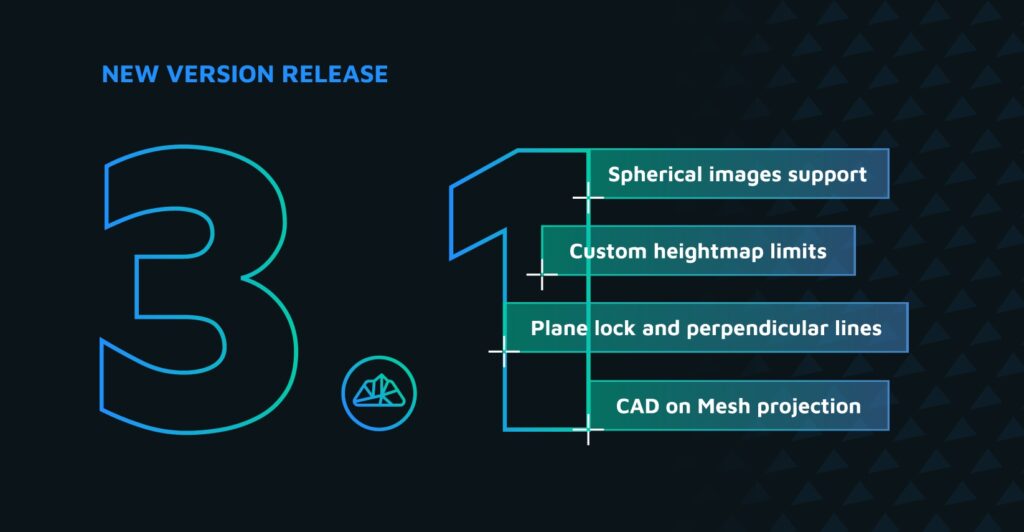Overview
For this project we combined two technologies: close-range photogrammetry and bathymetry.
Photogrammetry
Photogrammetry is the use of photography in surveying and mapping to ascertain measurements between objects. Close-range photogrammetry refers to the collection of photography from a lesser distance than traditional aerial (or orbital) photogrammetry. Terrestrial, ground-based, and close-range are all descriptive terms that refer to photos taken with an object-to-camera distance of less than 300 m (1,000 feet).
Bathymetry
Bathymetry is the measurement of depth of water in oceans, seas, or lakes. Synonyms include seafloor mapping, seabed mapping, seafloor imaging and seabed imaging. Bathymetric measurements are conducted with various methods, from depth sounding, sonar and Lidar techniques, to buoys and satellite altimetry.
Process
With photogrammetry we captured the images on the terrain. With bathymetry we used sonar to measure the points on the bottom of the lake, measuring the terrain in full. Both measurements are then put together into a combined model. The data acquisition is performed every three months in order to thoroughly follow the changes on the selected area (land and lake).
This way of working can also be applied to coastal areas, where the shore can be mapped with a drone and the bottom of the sea can be measured using sonar. With these measurements you can evaluate the erosion of the land, which is caused by the currents, waves, storms and other natural phenomenon.
Aim
The aim of this showcase was to calculate the volume of the material that was dug out of the lake. The excess material was then taken to the depot. Another aim was to calculate the volume of the material that could still be dug out of the lake. They could dig up to the depth of 8m. All the acquired data was then calculated in 3Dsurvey software.
The measurements were done every 3 months in order to effectively monitor and plan the work process. When the results are calculated in the software, they are able to dig the maximum allowance of material out of the lake and discharge the material that is not usable back to the lake. In this way they are able to calculate their services much more efficiently and much faster than in the past.
Workflow
With the help of the drone, they used photogrammetry to make a digital model of the terrain. Using the unmanned survey boat with the sonar, they performed the bathymetry to make the model of the bottom of the lake. The result of both measurements was an orthophoto map of the entire area and Digital Surface Model from the lake bottom.
The drone used for this measurement was the Phantom 4 PRO. In 2 consecutive flights it took 1150 images, which were then used to measure the point cloud, DSM and orthophoto.
To measure the bottom of the lake the autonomous survey boat, CADdy Geomatics Swimming Surveyor 2, was used. It is a self-propelled surveying boat that captures large underwater areas with CPU from the technology of drones – a Pixhawk 2, which enables maneuvering to the centimeter. Sonar devices on the boat measure the depth of the lake and are directly connected to the survey grade GPS with the dish.
The path of the boat is planned in advance, similarly to the drone. When the boat is in the water it is floating and collecting data autonomously. The path of the boat is seen in the image below.
These measurements are the 3D points of the bottom of the river, which can easily be exported as *.txt file. It appears as x,y,z position of the points.
Importing data to 3Dsurvey
We simply imported the points to 3Dsurvey as follows: Point cloud -> Load -> and select *.txt file. Because the points of the sonar are colourless, we decided to use the Heightmap for better visual representation. We also enlarged the points with the “Point render size”.
In this way we are able to see the path of the boat very well. We can also see the way it was measuring the data and the depth of the lake. There is, however, one limitation to the boat. It can only measure data on a minimal depth of 0,5 m. To add the boundary of the lake we included the point cloud of the terrain which was calculated with the help of photography, and used the Merge function. At the end all the data was combined into one point cloud.
Because we had a good density of the points from the sonar data (one point for 1 meter and the width between the lines is 2 – 10 meters) we were able to calculate the unified model using the Average points method.
If the data from the sonar was insufficient or if there was just one point every 10 meters, we would have had to calculate the DSM for sonar separately, following the method of ‘’Connected points’’ and DSM for photogrammetric data using the standard method of the Average points. Both DSMs would then be combined in one.
Project Tools & Specs
- Hardware & Software: Phantom 4 PRO drone, Unmanned surface vehicle (USV) with sonar & 3Dsurvey
- Camera: Integrated 20 MPIX
- Sonar: Deeper Smart Sonar PRO+ and Airmar Triducer DST800
- Boat GNSS: Drotek RTK Solution Base – XL Sirius RTK Rover
- Orientation: GPS measurements – 12 GCP points /
- Total number of photos: 1150
- Flying height: 80m
- DOF resolution: 2cm
- Area size: 15 Hectares
- Data processing time on super computer: Bundle Adjustment: 4h; Orientation: 25 min; Dense reconstruction: 15h (on Extreme). DOF, volumes, profiles – on the go.
- Prices: up to 10 000€ for a Swimming Surveyor 2 (including the training)








